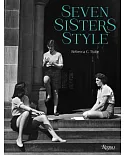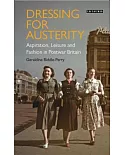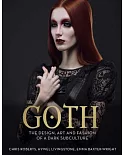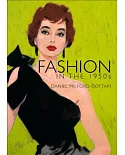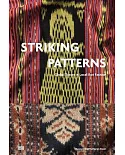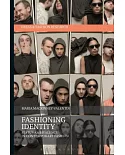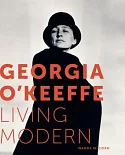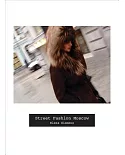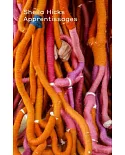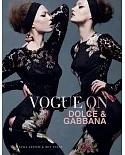For almost five millennia, in every culture and every major religion, indigo—a blue pigment obtained from the small green leaf of a parasitic shrub through a complex process that even
scientists still regard as mysterious—has been one of the world's most valued dyes.
Indigo is the story of this precious dye and its ancient heritage: its relationship to slavery as the "hidden half" of the trans-Atlantic slave trade, its profound spiritual
(African, Islamic, Christian, Amish) and sartorial significance that is little recognized but no less alive today (blue jeans, anyone?). It is an untold story, existing in footnotes and
brief mentions in popular and scholarly records, brimming with rich, electrifying tales of those who shaped the course of 20th century colonial history and a world economy, fascinating
people long forgotten who here are brought thrillingly alive. But Indigo is also the story of a personal quest: McKinley is the descendant of a clan of Scots who wore indigo tartan
as their virile armor; the kin of several generations of Jewish "rag traders"; her maternal grandfather owned a textile factory in Lynn, Massachusetts; and she's a paternal granddaughter of
African slaves—her ancestors were traded along the same Saharan routes as indigo, where a length of blue cotton could purchase human life. McKinley's journey in search of beauty and her own
history began with a Fulbright fellowship to research indigo, and ultimately leads her to a new and satisfying path, to finally "taste life."





